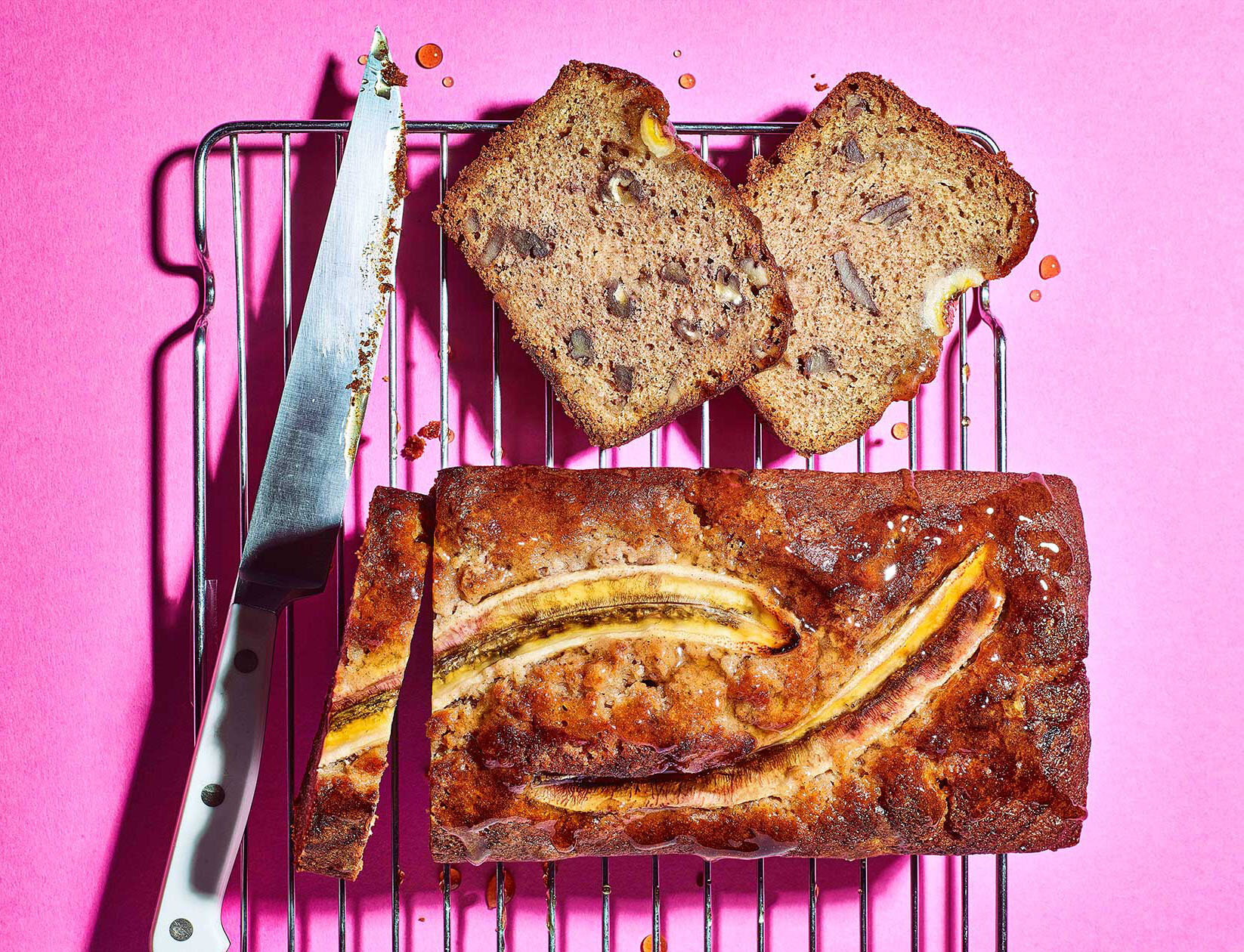Chocolate has a long history as an aphrodisiac, but did its earliest cultivators and consumers share this belief?
Almond milk: A medieval obsession
When medieval Europe went nuts for almond milk.
Lockdown loaf: The history of banana bread
The whole universe is baking banana bread in coronavirus lockdown but it’s history has roots in the Great Depression of the 1930s.
Small pleasures: The edible dormouse in Ancient Rome
The edible dormouse was a delicacy in ancient Rome, where it appeared on the tables of the wealthy as a delicious dish and symbol of prosperity.
Sweet but psycho(active): A brief history of mad honey
Mad honey, which can trigger hallucinations and even death, has its roots in the ancient world.
Garibaldi: The history of nobody's favourite biscuit
Despite its poor reputation, the Garibaldi biscuit has been a mainstay of the British biscuit tin for over 150 years.
Eaternal Salvation: Souling and soul cakes
On All Souls’ Day, people would pray for the dead in exchange for a cake.
Sinful suppers: Sin-eating in England and Wales
Sin-eaters were people in the community who consumed the sins of the recently dead.
Currytural appropriation: The Victorian taste for curry
As the British presence in India increased, so did their taste for curry.
The original brownies were blondies
The original brownies were blondies but blondies get their name from brownies.
The Father, the Son and the party hosts
Drinking and feasting with the Avignon popes was rarely a dull occasion.
The merry foods of Michaelmas
In medieval England, Michaelmas was a time of roast goose, cursed blackberries and cracking nuts in church.
Eugénie Brazier: The mother of French cooking
Eugénie Brazier, known as the ‘mother of modern French cooking’, was the first woman to win three Michelin stars and the first chef to earn six stars simultaneously.
Fake food: The history and art of Japanese sampuru
Food replicas are an art form and big business in Japan.
8 egg-related facts
We eggsplore eggs in all their glory. From ostrich to gull, chicken to chocolate, omelettin’ you know we've got it covered. No yolk. So let's crack on.
Dining with the Dead in the Ancient World
We go back to the ancient world to explore the rituals surrounding death and dinner.
The Mexican Cornish pasty
From England’s Celtic coastline to the mountains of Mexico, we trace the story of how the pasty became the paste.
Long Pepper: A Short History
Long pepper, distinct from black, green and white, has a history all of its own.




















